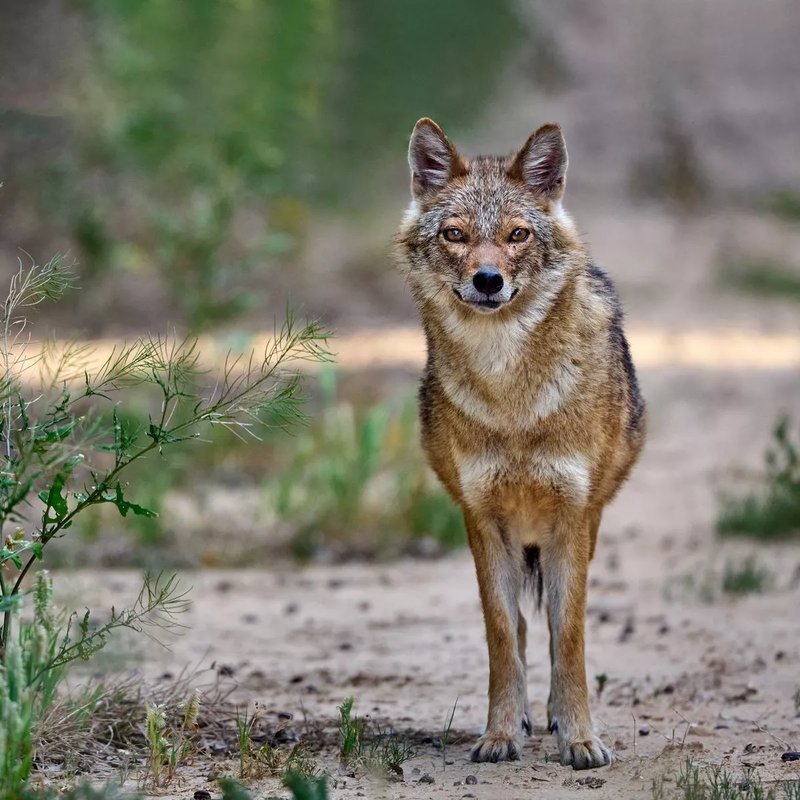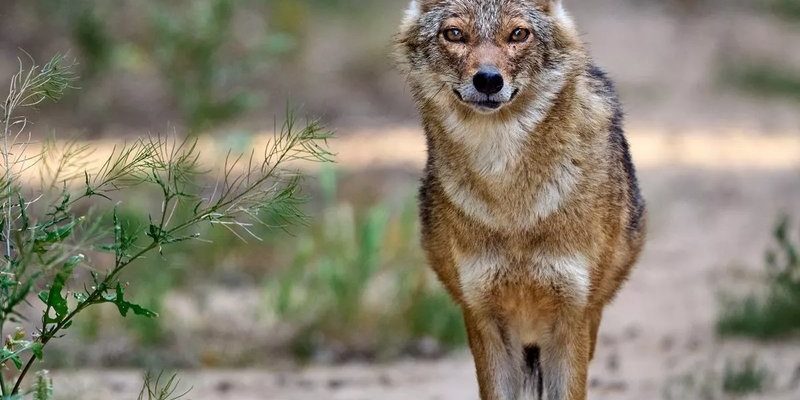
Jackals have a reputation for being smart, adaptable survivors. They roam various habitats, from savannas to deserts, combining scavenging and hunting in their daily routines. Their cleverness is akin to that of a crafty home invader—always looking for the next opportunity. But this can lead to situations where they cross paths with humans. So, let’s explore whether these animals pose a real danger to us and what that might look like in different contexts.
Understanding Jackals: A Quick Overview
Jackals belong to the Canidae family, making them relatives of dogs, foxes, and wolves. There are three main species: the black-backed jackal, the side-striped jackal, and the golden jackal. Each has distinct habitats and behaviors. You might picture them as the scavengers of the animal kingdom, often searching for leftovers from larger predators or hunting small animals themselves.
Their size and appearance can vary. A jackal typically weighs between 15 to 30 pounds and stands about 12 to 16 inches tall at the shoulder. With their slender bodies and long legs, they are built for agility and speed. Think of them as nimble little creatures that can quickly dart away from danger—or, in some cases, towards it.
Jackals are social animals. They often live in pairs or small family groups, which helps them thrive in various environments. This social structure contributes to their effectiveness as hunters and scavengers. By working together, they can take down prey or fend off rivals. It’s like having a small but efficient team working towards a common goal.
Jackals and Human Encounters
You might be wondering how often jackals actually come into contact with humans. While they typically avoid people, urban expansion has led to more sightings in suburban areas. Ever heard stories about wildlife being spotted rummaging through garbage cans? That’s often a jackal looking for an easy meal.
Unfortunately, these encounters can lead to misconceptions. Some people fear jackals and see them as threats, especially if they’re spotted near homes. However, many incidents are the result of misunderstandings. Jackals usually don’t seek out humans; they’re simply searching for food.
It’s important to remember that jackals are more afraid of us than we are of them. Most will run away if approached. However, if cornered or threatened, like any wild animal, a jackal may act defensively. They aren’t naturally aggressive, but fear can sometimes lead them to bite if they feel trapped.
Potential Risks: Do Jackals Pose a Threat?
When considering whether jackals can be dangerous to humans, it’s crucial to explore potential risks. The most significant threat generally arises from rabies. Jackals can carry this virus, which can be deadly not just to the animals themselves but to humans as well. Rabies is a serious disease that can be transmitted through bites.
In areas where rabies is prevalent, it’s wise to avoid direct contact with any wild animal, including jackals. This means keeping your distance and never approaching them to take photos or get a closer look. If you’re in a region known for jackals, make sure your pets are vaccinated, as they can also be at risk if they encounter a rabid animal.
Another potential risk involves jackals’ opportunistic behaviors. If they become accustomed to humans, particularly in urban settings, they might display boldness, raiding gardens or trash bins. This behavior can be frustrating for homeowners but typically doesn’t lead to dangerous encounters. However, it’s always best to discourage wildlife from becoming too comfortable around humans.
Jackal Behavior: Understanding Their Actions
To understand the potential dangers of jackals, we need to look at their behavior. Jackals are clever and resourceful. They communicate through a range of vocalizations, which can include barks, howls, and yaps. These calls not only signal their presence but can also warn other jackals to stay away from human-populated areas.
You might find it fascinating how they adapt to their surroundings. For instance, jackals often adjust their hunting and scavenging activities based on human activity and food availability. In some regions, they’ve learned to hunt at night when human activity is minimal. This adaptation helps them avoid human encounters, which is quite smart, right?
But here’s the thing: if jackals are consistently fed by humans—intentionally or unintentionally—they may lose their natural fear of people. This could lead to riskier behaviors, like approaching homes or humans in search of food. It’s crucial to manage this by securing trash and avoiding feeding wildlife.
How to Coexist with Jackals Safely
So, what does it take to coexist peacefully with jackals? First, it’s about changing our behavior. If you live near areas where jackals are common, ensure that your garbage bins are secure and that leftover pet food isn’t left outside. This simple step can help minimize encounters.
If you spot a jackal while out in nature or at home, remember that they’re likely just as nervous about you as you are about them. Back away slowly without turning your back on the animal. Avoid making sudden movements or loud noises, which could startle them.
Encouraging community awareness is vital, too. Educating neighbors about jackals and their behaviors can reduce fear and promote coexistence. Share tips and experiences to foster understanding. Community vigilance helps keep both humans and wildlife safe.
In the grand tapestry of wildlife, jackals play an important role as scavengers and hunters. While they possess the potential to be dangerous in certain contexts—primarily due to rabies or when pushed into corners—they generally avoid humans. By understanding their behavior and adapting our actions, we can coexist harmoniously.
Jackals are part of our ecosystem, and like many wild animals, they deserve respect and understanding. So next time you hear about a jackal in the neighborhood, remember: it’s not necessarily a cause for alarm. Instead, think of it as a reminder of nature’s complexity and the delicate balance we share with the animal world.

